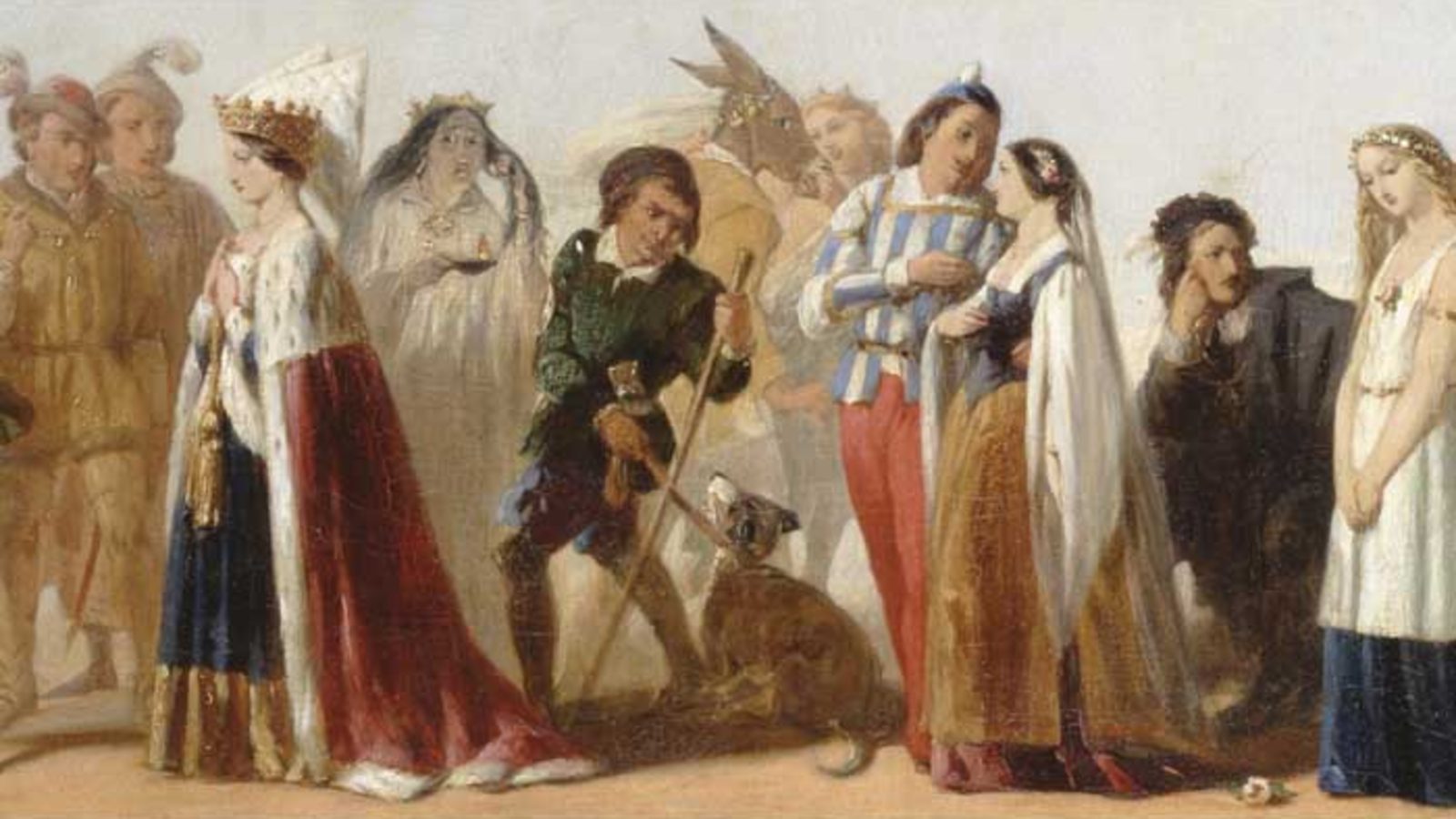William Shakespeare is one of the most widely known playwrights and masters of the English language—or so we think. Some literary scholars say that, for all the evidence, Shakespeare may not have written a single play or sonnet.
Stanford physicist Peter Sturrock recently entered the debate with a book, AKA Shakespeare: A Scientific Approach to the Authorship Question, that approaches the discussion from a physicist’s perspective using a technique called the Bayesian method. The method combines many pieces of evidence in an attempt to arrive at the truth.
“You read one sonnet, and it’s just a poem,” Sturrock says. “But when you read all 154 of them, it becomes a life story. It makes you wonder who wrote all of these, because this life story does not fit what we know of Shakespeare’s life in Stratford.”
Sturrock first used the Bayesian method in 1973 to determine that pulsars were fast-spinning neutron stars, not white dwarfs. He considered factors including their frequency range, the acceleration of their pulses, and whether or not they could be associated with supernova remnants.
The Bayesian method is also handy for creating mathematical models in fields such as finance and medicine. But literary history? Sturrock says he wanted to take a systematic approach.
“A typical book [on the authorship question] is full of maybe’s, possibly’s, and must-have’s,” Sturrock says. “I’m trying to be more precise about what I’m certain of and what I’m uncertain of.”
The book gives three possible candidate authors: Shakespeare of Stratford, a man named Earl Edward de Vere of Oxford (the leading contender for many scholars), and someone yet to be identified, labeled “Ignotus.”
The book lays out 25 pieces of evidence. Each gives a probability that adds or subtracts points from a candidate’s score sheet, eventually tipping the balance toward the most likely author.
For instance, Sturrock looks for evidence that each of the three could write legibly. It seems the Stratford man’s penmanship was awful. He looks for evidence of whether each of the three attended school, something you’d expect from such a wordsmith. Shakespeare has no education records, Sturrock says.
He considers that the original author hid messages in a dedication included in a book of all 154 sonnets. The cryptograms seem to point to the Earl of Oxford.
All the evidence is factored into a reader’s “degree of belief” for each candidate.
The book is written in the form of a dialog between a literary professor, a writer and two scientists. In the end, the book's characters conclude that the Earl has the strongest claim to authorship.
But readers can weigh the evidence for themselves and enter their own opinions on the book’s website.
“I want a number of people to look at the problem individually and then compare notes.” Sturrock says. “I am hoping that people can come to a consensus.”
Above: A procession of characters from Shakespeare plays







